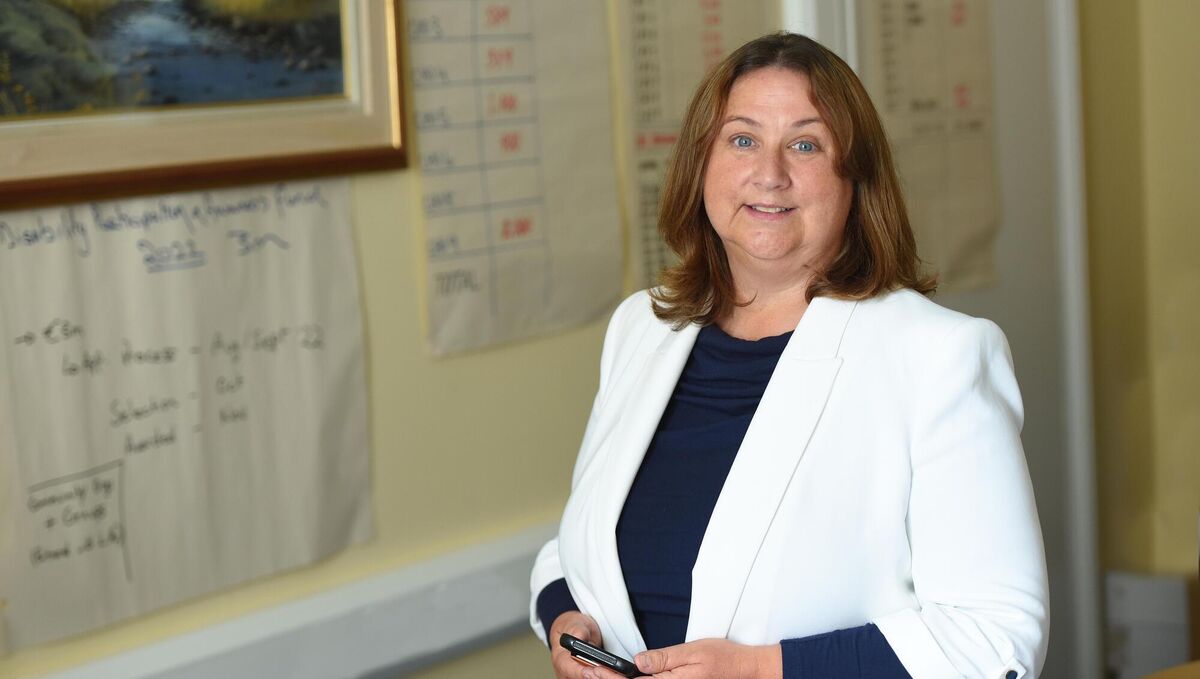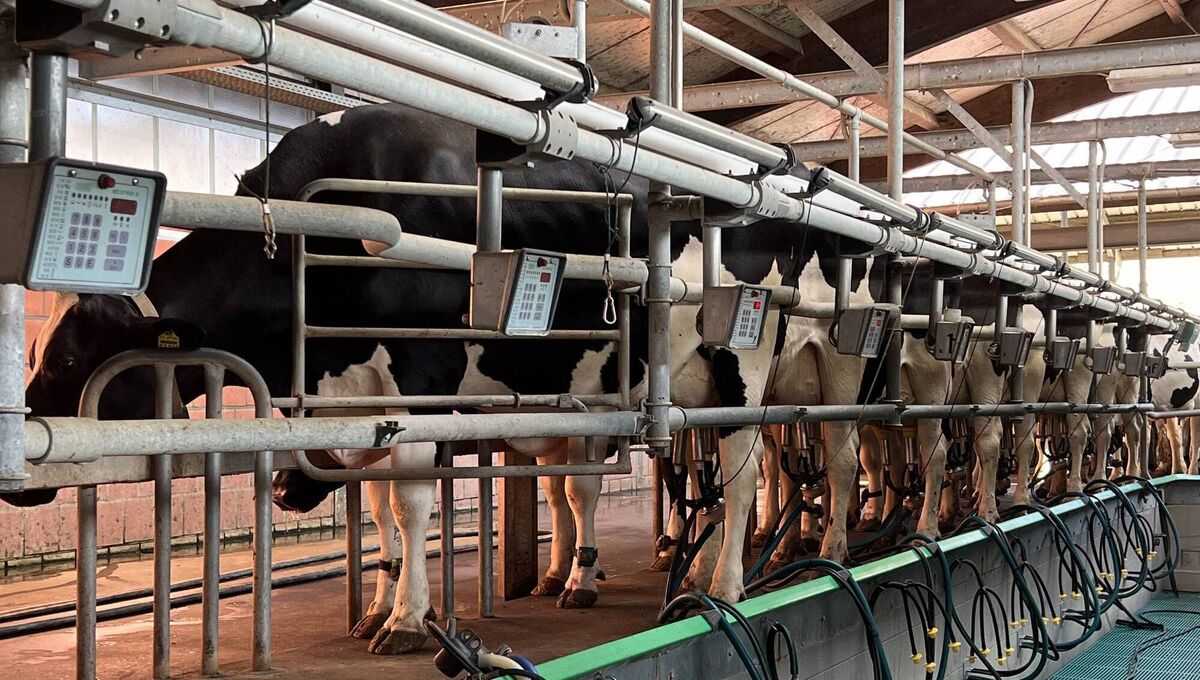John Gibbons: Saying nuclear power is better for the environment than solar is ludicrous

The State ambition on solar energy envisages solar farms generating at peak 8GW of energy by 2030.
For as long as I or anyone else can remember, Irish agriculture seems to have been in crisis.


- John Gibbons is a journalist and author of , which is shortlisted for the 2025 non-fiction Book of the Year.
















